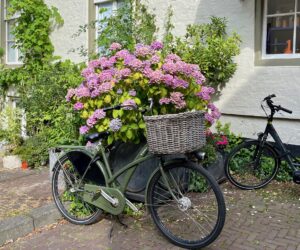
Discover Ancestral Puebloan Culture As You Plan a Trip to New Mexico
Chaco Cultural Historic Park
This post may contain affiliate links which means Trip Scholars may make a small commission (at no extra cost to you) if you make a purchase. As an Amazon Associate I earn from qualifying purchases. Read more here. Thanks for helping us keep the lights on!
New Mexico is home to some of the most interesting areas of the United States. With beautiful desert landscapes, fascinating cities, and a long history, New Mexico is a very rewarding destination for savvy travellers. Although the first known occupants of New Mexico arrived as early as 9,000 BCE between 7,000 BCE and 1,400 CE, the area was dominated by the Ancestral Puebloan culture. Later arrivals, like the Navajo, the Hopi, and of course the Spanish conquistadors, have given New Mexico a fascinating mixture of cultures, and exploring this blend today is a very enriching experience. When you plan a trip to New Mexico you will especially want to learn about puebloan culture.
There are many spectacular places to visit within the state, including the stunning Carlsbad Caverns, the amazing desert landscapes at White Sands National Park, and the towering snow-capped peaks of the Rocky Mountains. In the state capital, Santa Fe, there’s also a thriving arts scene, with galleries and studios lining the picturesque and historic streets of town.
But to truly understand New Mexico, one needs to fully explore the incredible cultural legacy of the state’s earliest inhabitants: the Ancestral Puebloans. Remains of their cities at Chaco Canyon, Taos Pueblo, and Mesa Verde in nearby Colorado have been declared UNESCO World Heritage Sites for their stunning architecture. You can wander through the ruins and ponder the lives of these ancient peoples. However, the Ancestral Puebloan culture is by no means extinct! It continues to survive and thrive today, with many modern New Mexicans claiming descent from the Ancestral Puebloans. Art, food, language, and stories have all been passed down to the modern day, and exploring the ancient ruins alongside their living descendants is an opportunity not to be missed.
To prepare for a trip to New Mexico, there are quite a few ways, both online and off, to brush up on your knowledge of the area and its inhabitants. Let’s have a look at a few highlights.
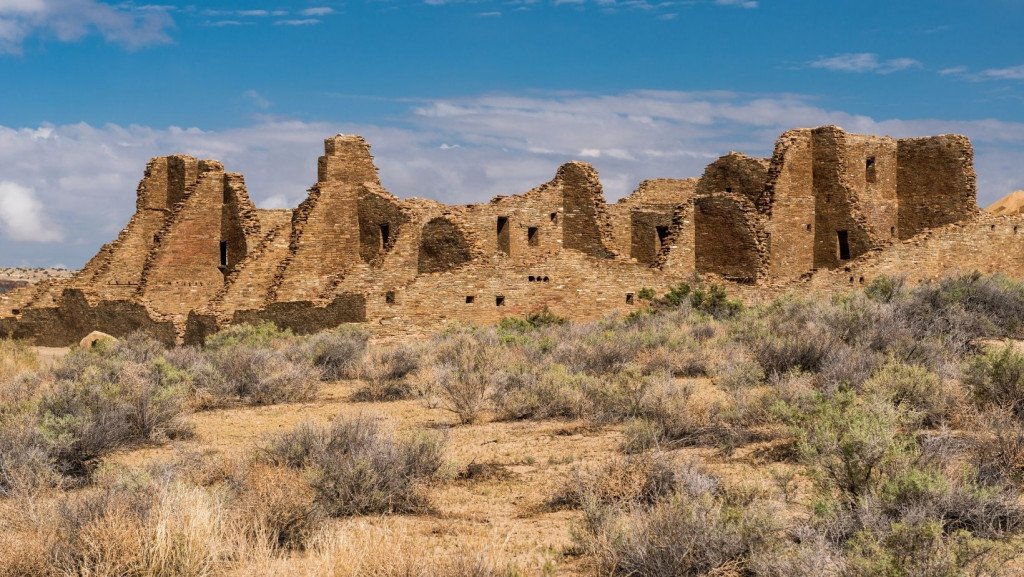
Chaco Canyon lies in the far northwest of New Mexico, about 100 miles from Albuquerque. One of the largest and most important sites for the Ancestral Puebloans, Chaco Canyon is home to an enormous collection of ancient ruins. Largely occupied between around 900 and 1200 CE, the most impressive features of Chaco Canyon are the immense stone buildings known as “great houses”, which were constructed by the Ancestral Puebloans. The grandest of these is the incredible Pueblo Bonito, a colossal semi-circular complex three acres in size, and that once rose almost five storeys high. Built of adobe and sandstone, there are a staggering 800 rooms in Pueblo Bonito, and the layout has been carefully chosen to match cardinal compass points and key astronomical observations like the solstices and equinoxes.
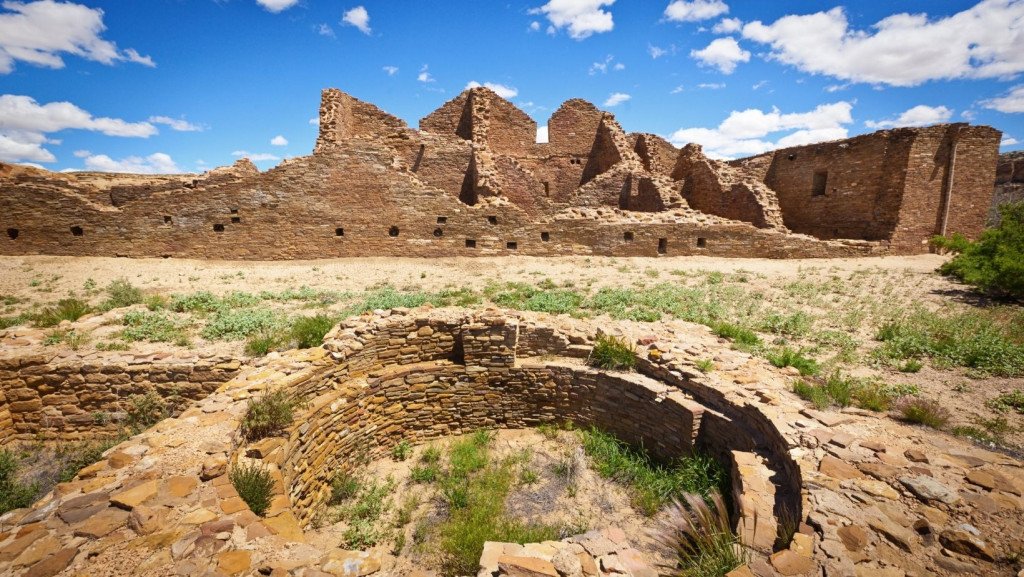
Elsewhere in Chaco Canyon are several other great houses, including Kin Kletso, Nuevo Alto, and Pueblo Alto. There’s also the impressive Casa Rinconada, a large and well-preserved kiva (ceremonial site). Almost precisely circular and 64 feet in diameter, Casa Rinconada is the largest kiva in Chaco Canyon and certainly the most imposing. Although the rituals performed here are only vaguely understood, it’s certainly fun to let your imagination fill in the blanks.
In this YouTube documentary, a pair of Australian travel bloggers visit Chaco Canyon and learn about the Ancestral Puebloan culture first-hand, sharing their journey and knowledge.
DO YOU WISH YOU COULD TRAVEL MORE?
Learn about the history of the UK Acoma Sky City Cultural Centre & Haak'u Museum
Located to the south of Chaco Canyon, not far from Albuquerque, is the fascinating Acoma Pueblo. Home to the Acoma Sky City Cultural Centre and Haak’u Museum, the Acoma area has been occupied more or less continuously for almost 2,000 years. Sitting atop a large mesa, with buildings constructed from adobe, sandstone, and brick, Acoma Pueblo continues to be an important cultural location for the descendants of the Ancestral Puebloans. The on-site museum and cultural center are both highly regarded and well worth a visit, with excellent displays of artistic and cultural importance. To fully explore the pueblo, it’s recommended to take the museum’s virtual tour, showcasing the history and culture of the pueblo.
Puebloan Culture at Taos Pueblo - UNESCO World Heritage Site
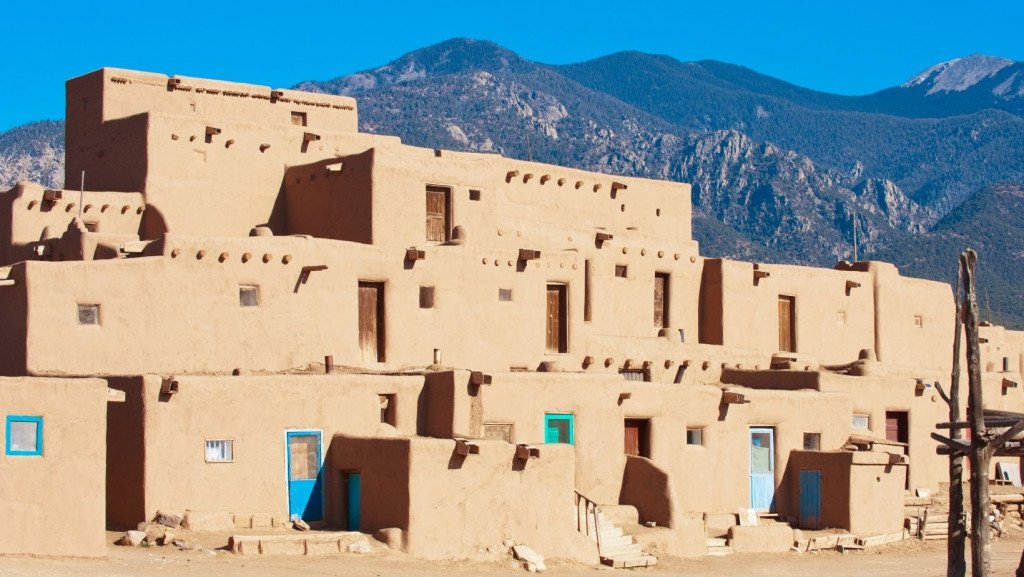
Taos Pueblo is located in the northeast of New Mexico, just near the modern town of Taos. Constructed at some point between 1,000 and 1,450 CE, Taos Pueblo is the oldest continually inhabited community in North America. The community consists of two large multi-storey residential complexes, built mainly of red adobe, sitting on either side of a small stream. With space for dozens of families, the housing complexes are surprisingly large and well-built– and very attractive too, sitting in front of a snow-capped mountain range. Taos Pueblo was originally established when Ancestral Puebloans from elsewhere in the region (like Mesa Verde and Chaco Canyon) migrated away from their traditional lands, possibly due to drought, climate change, or perhaps even war. With such a clear link to the Ancestral Puebloan peoples, the modern occupants of Taos Pueblo offer a fantastic glimpse into traditional beliefs, practices, and customs, and it’s for this reason that Taos Pueblo was added to the UNESCO World Heritage List in 1992.
In this YouTube documentary, World Heritage Journey visits Taos Pueblo, you can watch as they explore the buildings and experience first-hand the oldest continually occupied community in North America.
Puebloan Culture at Mesa Verde - UNESCO World Heritage Site
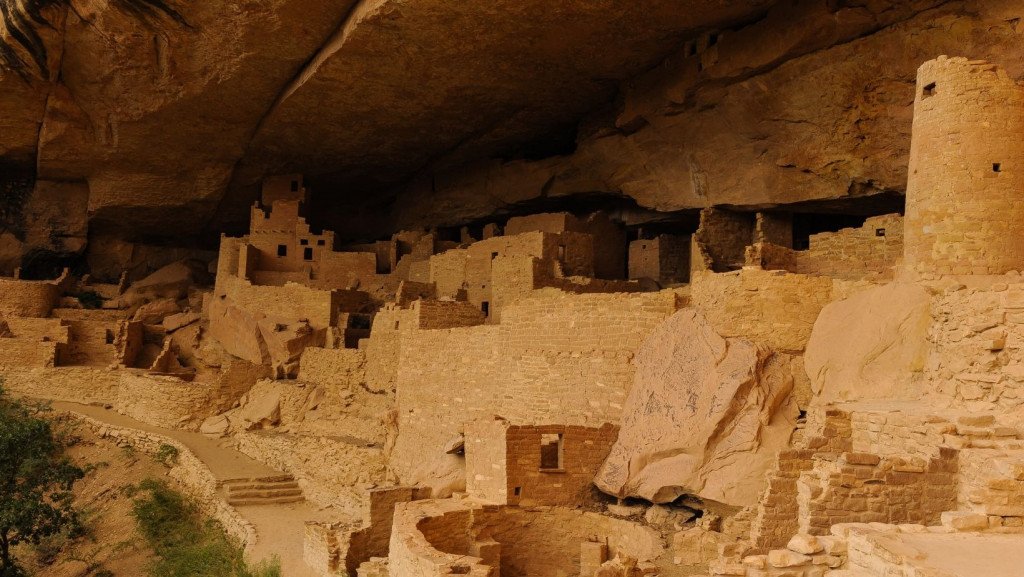
Located in the south-east of Colorado, Mesa Verde is one of the most important Ancestral Puebloan sites. Occupied as early as 7,500 BCE, the distinct Ancestral Puebloan culture emerged by around 750 CE, marked by the construction of increasingly larger communal stone dwellings. Constructed largely of sandstone, adobe mortar, and wood, these dwellings were built both on top of the Mesa and in caves and rock overhangs along the Mesa’s cliffs. The largest of these is known as Cliff Palace, a huge residential and ceremonial complex with 150 rooms, towers, and kivas (sacred spaces).
Other highlights at Mesa Verde include the Long House, Spruce Tree House, Balcony House, Square Tower House, and the Sun Temple. Thanks to the incredibly well-preserved architecture and the vivid artwork still remaining in many places, Mesa Verde was added to the UNESCO World Heritage List in 1978– the first such site in the United States! Explore some of the highlights of Mesa Verde with World Heritage Journey, a YouTube channel attempting to visit every UNESCO World Heritage Site.
Mesa Verde Voices
A joint production between KSJD Community Radio, Mesa Verde Museum Association, and the National Park Service, Mesa Verde Voices is a long-running podcast series that aims to connect modern audiences with the Ancestral Puebloan culture of Mesa Verde. With more than four seasons and 20 episodes worth of material, Mesa Verde Voices covers a diverse range of topics relating to the Ancestral Puebloan culture. Tackling diverse subjects like trade, art, food, conservation, archaeology, and technology, Mesa Verde Voices is always a fascinating and informative listen. It’s available to listen for free from the usual podcast providers, including Apple Podcasts, Spotify, and Soundcloud.
Surviving Columbus
Any discussion of Native American culture, including that of the Ancestral Puebloans, is incomplete without properly examining the post-Colombian period. Starting in the 16th century, as Spanish colonists expanded and the United States pushed westward, Native Americans were systematically pushed out of their lands, subjected to disease, forced to convert to foreign religions, enslaved, and much more. This incredible documentary from New Mexico PBS, Surviving Columbus, tells the story of the relationship between the Puebloans and other cultures, starting with the first Spanish arrivals in 1539. Told through the stories of elders, photographs, reenactments, interviews with scholars, and historical accounts, Surviving Columbus is an excellent and rarely-told Native American perspective on European arrivals.
Ancestral Puebloan Culture at Aztec Ruins National Monument
The Aztec Ruins National Monument lies in the far northwest of New Mexico, just outside the town of Farmington. Part of the Chaco Canyon UNESCO World Heritage Site, the Aztec Ruins was home to Ancestral Puebloans for centuries prior to the first European arrivals. The site itself is spectacular, with a large ruined great house complex, along with a reconstructed great kiva (ceremonial space). For those unable to make the trip out to New Mexico and visit the site in person, the National Park Service has an excellent Junior Ranger online program, where kids can learn about Aztec Ruins National Monument, life in the community, and the culture of its inhabitants. It’s a really great way to keep young ones engaged and interested in Ancestral Puebloan culture.
Pueblo Tribe Food and Cooking
One of the best ways to experience and engage with a new or unfamiliar culture is through food. Every culture on earth has a distinctive and unique approach to cooking, with endless varieties and local tastes mixed in. Of course, the Ancestral Puebloan culture is no exception, and thanks to their many descendants still living in the Southwest, their cooking styles and culinary techniques are well known. With a diet heavy in squash, beans, grains, nuts, seeds, fish, and meats, Pueblo tribe food and cooking are both familiar and unusual. This cookbook, written and compiled by Roxanne Swentzell (a well-known artist from Taos Pueblo), offers a fantastic chance to engage directly with Ancestral Puebloan cooking.
Puebloan Basketmaking Lesson
It’s thought by modern scholars that the Ancestral Puebloan culture, with their distinct pottery and construction techniques, were the descendants of earlier cultures in the region. These cultures are known as the Basketmakers, named after the incredible and intricate woven baskets recovered from archaeological sites where they lived. Although basketmaking declined in importance as the Ancestral Puebloans became more skilled at pottery, making baskets was still an integral part of their culture. These traditions have lived through to modern times, with impressive and beautiful woven wicker baskets still being made in the area. In this video demonstration from the Museum of Indian Arts and Culture in Santa Fe, local man Carlos Herrera of Cochiti Pueblo shows off traditional basket making techniques. It’s a really interesting watch, and the skill behind it is very impressive!
Enrich your trip to New Mexico
There’s so much to like about New Mexico. There aren’t many places in the world where living descendants of an ancient culture can guide you around their long-abandoned cities, explaining the purpose of each brick and the meaning behind each artwork, but New Mexico is definitely one of them. When combined with the outstanding natural scenery, the fascinating towns and superb food, New Mexico really is a hidden gem of the United States. Anyone with even a passing interest in Native American culture should absolutely have New Mexico high on their bucket list.
Have you visited New Mexico? What resources did you use to plan your trip? We’d love to hear from you!
This guest post was contriubted by Joel Baldwin of World Heritage Journey
We love to learn from our guest authors and appreciate their expertise! Visit Joel’s website by clicking on his name below.
joelbaldwin
DO YOU WISH YOU COULD TRAVEL MORE?
Let's Connect
I’d like to send you a free gift!
The Curious Traveler’s 5 Step Guide to More Meaningful Trips
Like it? Pin it for later!
Share this post

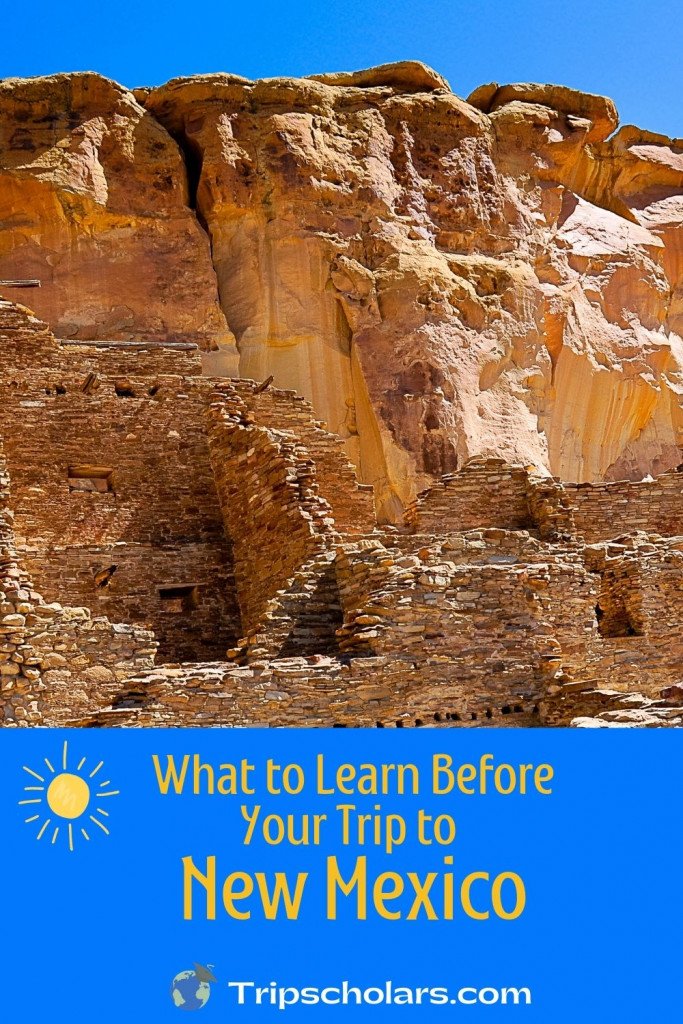
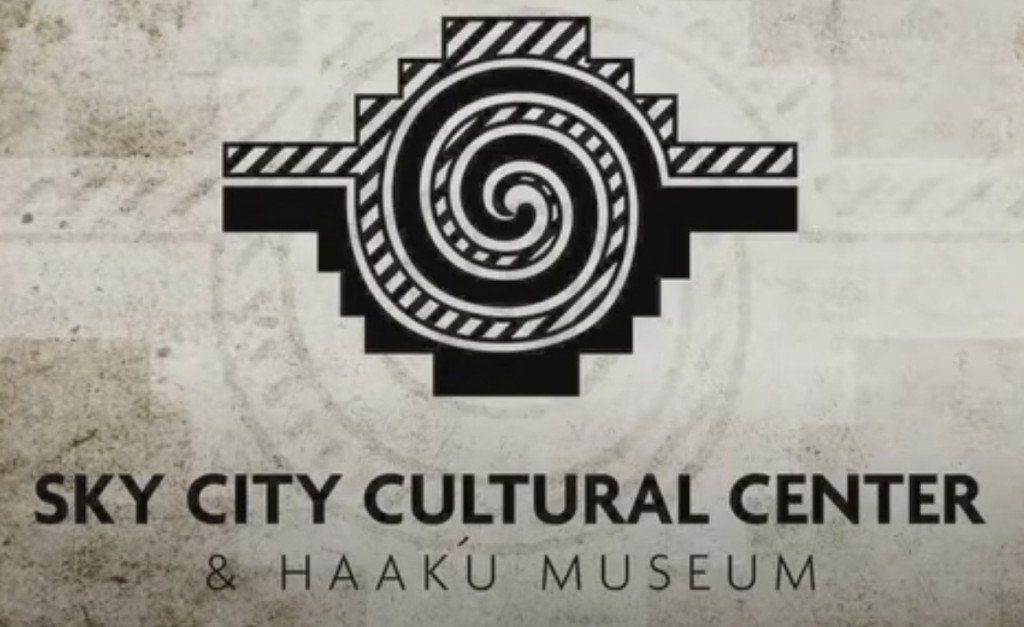

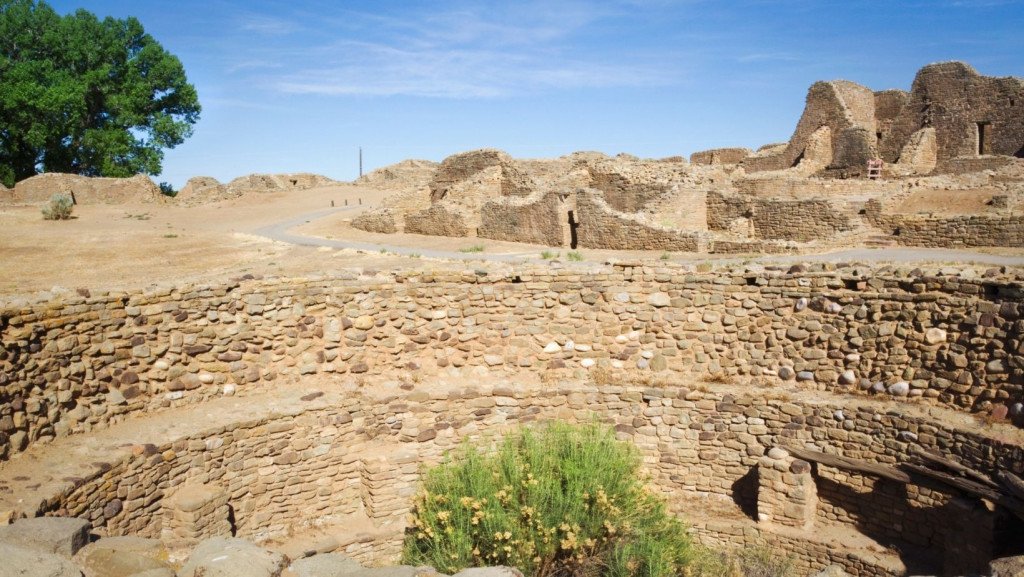

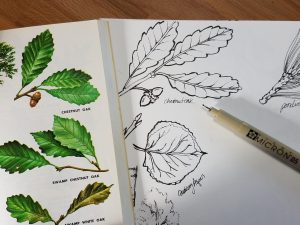
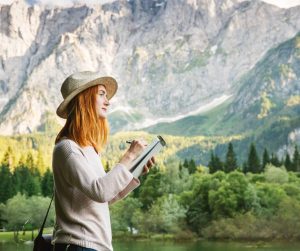
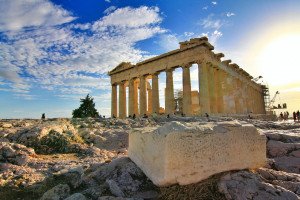
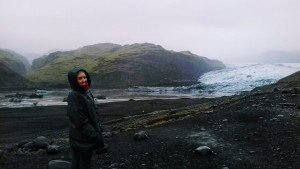
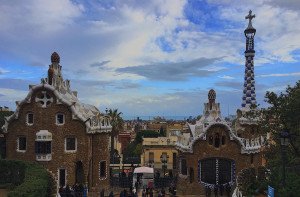

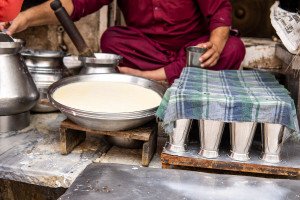
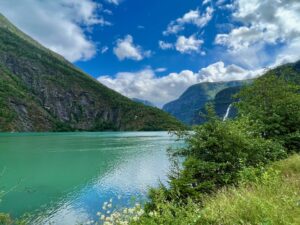
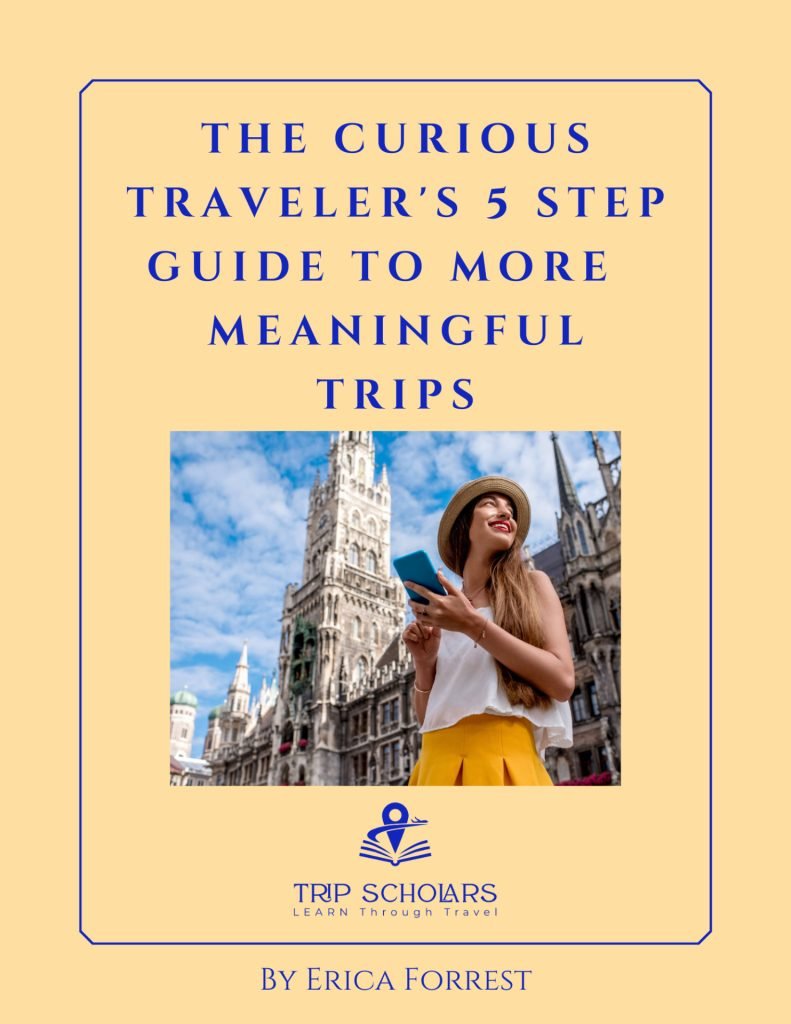
7 thoughts on “Discovering Ancestral Puebloan Culture As You Plan a Trip to New Mexico”
I did not know all this was there, looks incredible. Would love to check it out one day!
I hope you are able to, it is really incredible!
Great collection of ways to learn about this ancient culture. So often Americans forget that the roots of this country and the America’s run so much deeper than the European ancestry we learn about in history class.
I’m so glad that you enjoyed it! Yes, and there continue to be discoveries pushing back those dates even further. Taking the time to learn more is always worth the investment.
Mesa Verde sounds awesome! It would be amazing to visit New Mexico! 🙂
I hope you are able to visit one day, I think you would really enjoy it!
I’m going to check out the cookbook before my trip in August!
Comments are closed.